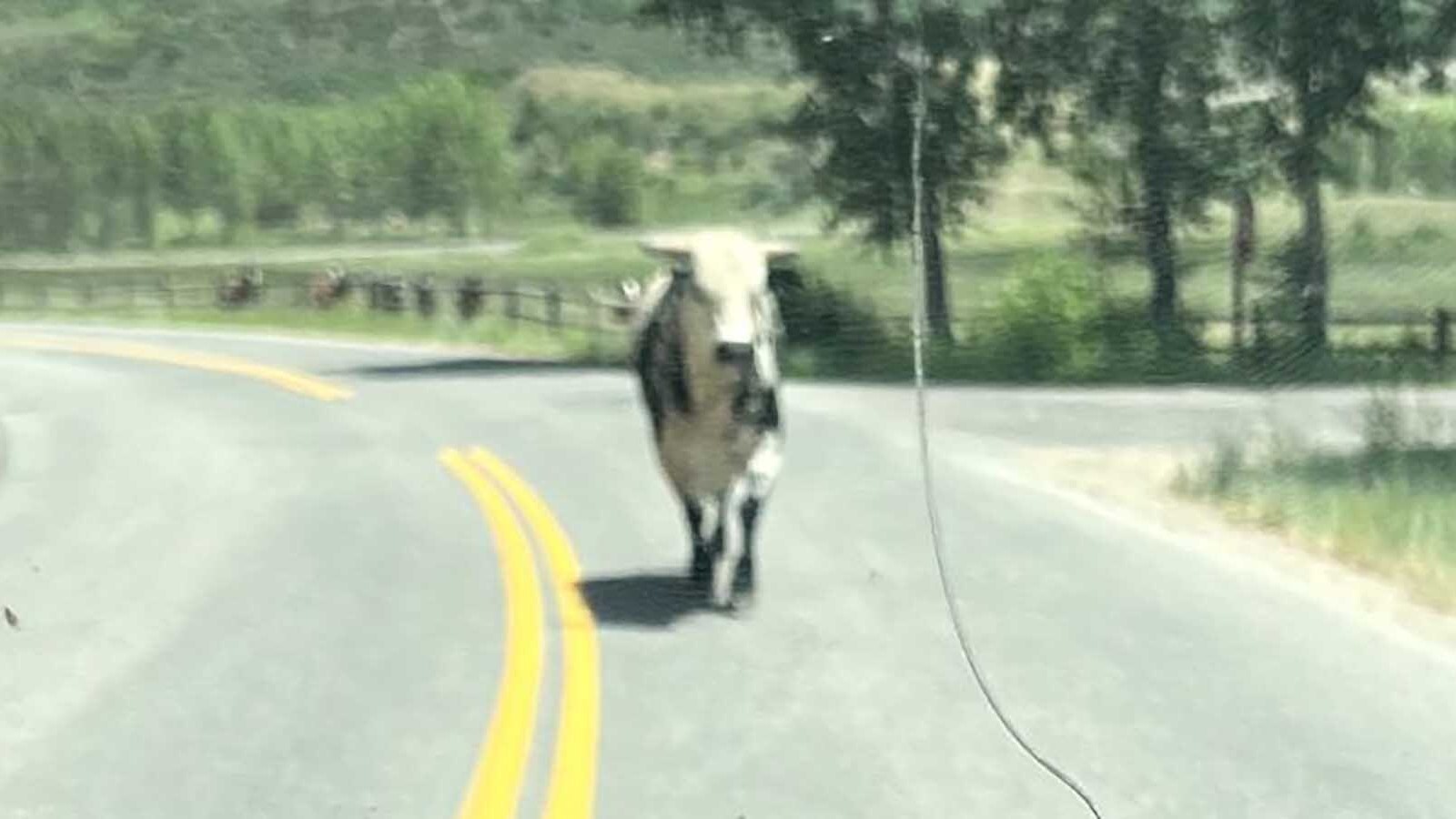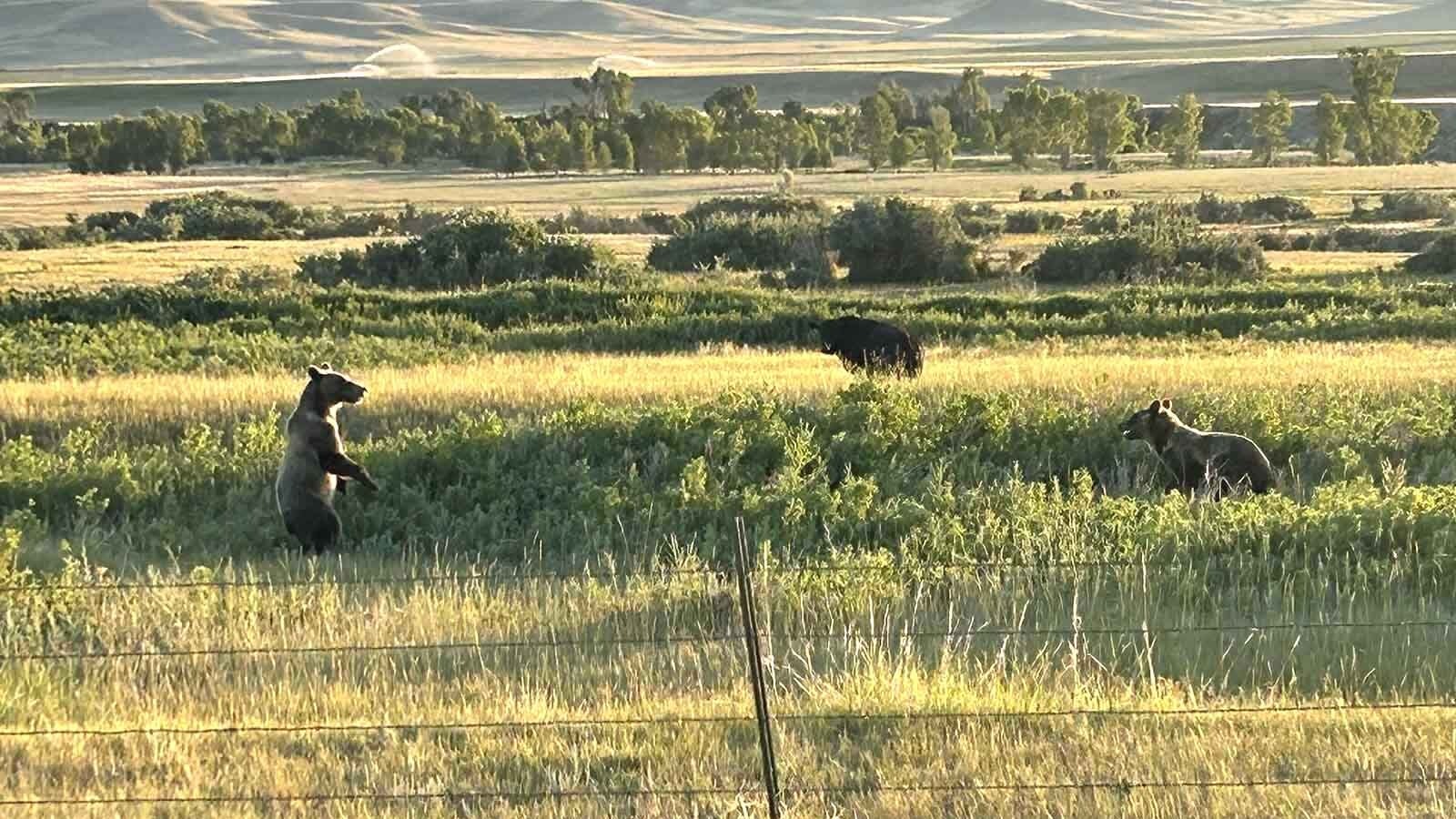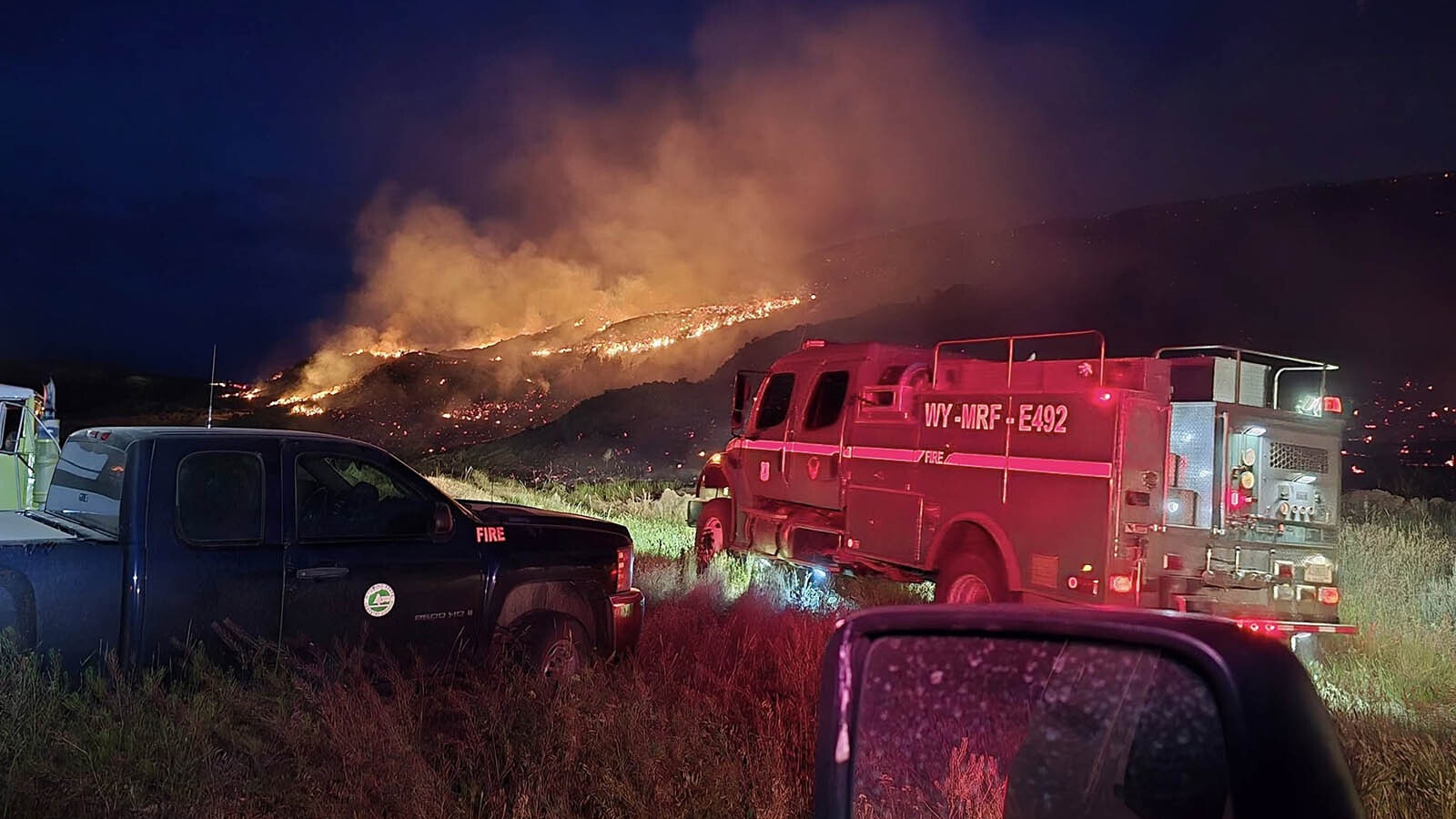For residents of central Wyoming, it didn’t just seem like this winter lasted forever, records show Wyoming experienced its longest cold stretch ever recorded.
Noah Myers with the National Weather Service office in Riverton told Cowboy State Daily that until Sunday, the Riverton airport had not recorded a 50-degree day since Nov. 9 – that’s 151 days without hitting 50 or higher.
“We had a lot of snow on the ground,” Myers said. “We still do have quite a bit of snow in the Wind River Basin, and the snow helps keep that cold in.”
That broke the previous record of 128 days without the mercury hitting 50, between October 2000 and March 2001.
This year also is the latest that the Central Wyoming Regional Airport in Riverton has had to wait to reach 50 degrees. The previous mark was March 14, 2004.
“The weather systems this year have been just really cold,” said Myers.

Colder Average Temperature
It wasn’t just Riverton that experienced a more severe winter, according to Myers. Comparing average temperatures from December through March of this year, the data shows that Riverton was almost 15 degrees cooler on average than last winter – from an average temperature of 27.8 degrees in 2021-22 to an average of 13 degrees this year.
“If you look at the whole winter, basically from November through March, we can look at the average temperatures and it shows all of Wyoming below normal for the whole winter,” said Myers. “Statewide, it was 2.5 degrees below normal.”
This was due, in part, to a near-constant snow cover. NWS reported that there was more than 1 inch of snow on the ground all through the period this winter, but only 28 days last year through the same time frame.
“When we have a big snowpack, it makes it harder to warm up here, because a lot of the sun's radiation gets reflected away,” said Myers. “And we don't tend to get a lot of wind here in the basin where we're at to mix the atmosphere up and bring in warmer temperatures.”
Lander’s average temperature was 16.4 degrees this winter, down from an average of 29.4 degrees in 2021-22; Rock Springs also experienced significantly colder weather this winter than last, with a drop from 26.9 degrees last winter to an average of 19.1 this year.
“It's just been a really active weather pattern for the whole winter,” said Myers.
Split Down the Middle
Myers pointed out that on a nationwide scale, the temperature trends were split since the winter began.
“If you look at November through March, the entire western half of the U.S. was colder than normal,” he said. “But if you look at the eastern half of the U.S., it was warmer than normal. We've had all these active weather patterns bring down that really cold air, but they didn't really make it to the eastern half of the country. So it actually was warmer there.”
The atmospheric rivers experienced in California are in part to blame for the cold, wet weather that persisted in the mountain west, said Myers.
“Some of that moisture was able to work its way here,” he said. “We've just had system after system bringing cold, cold arctic air, and it just kind of stuck around.”





